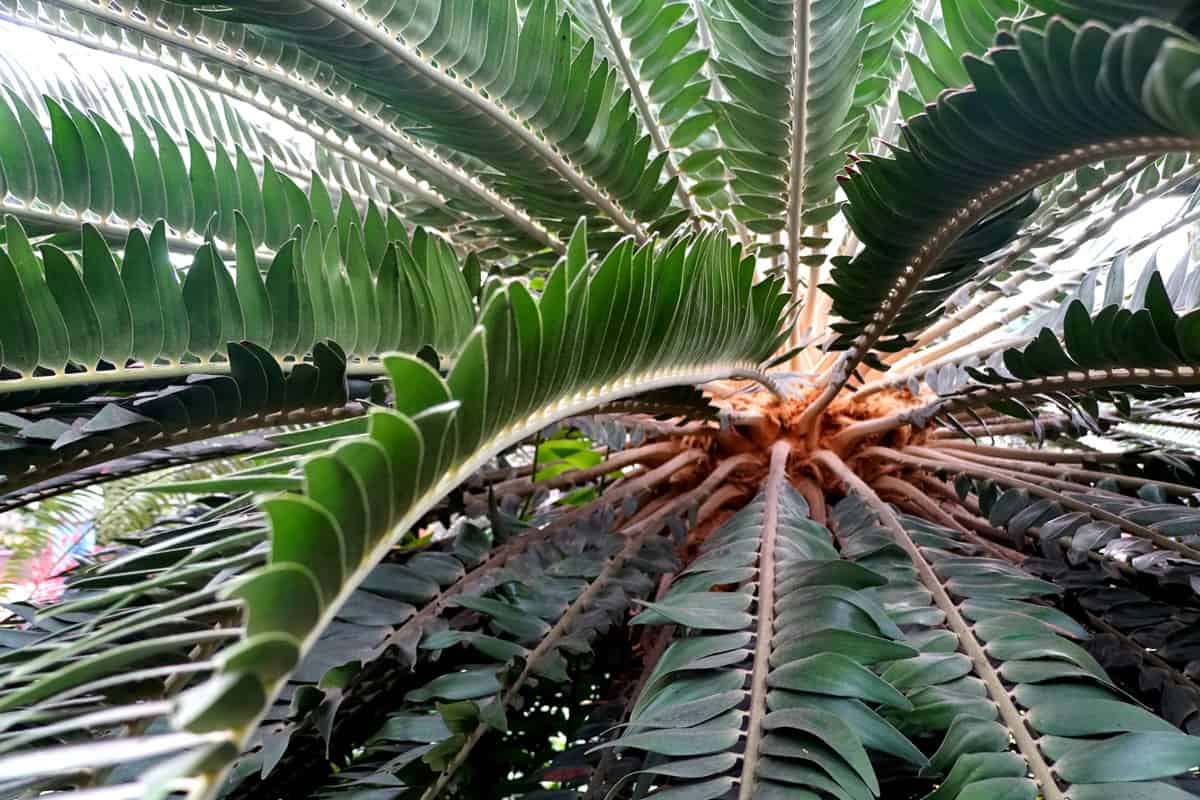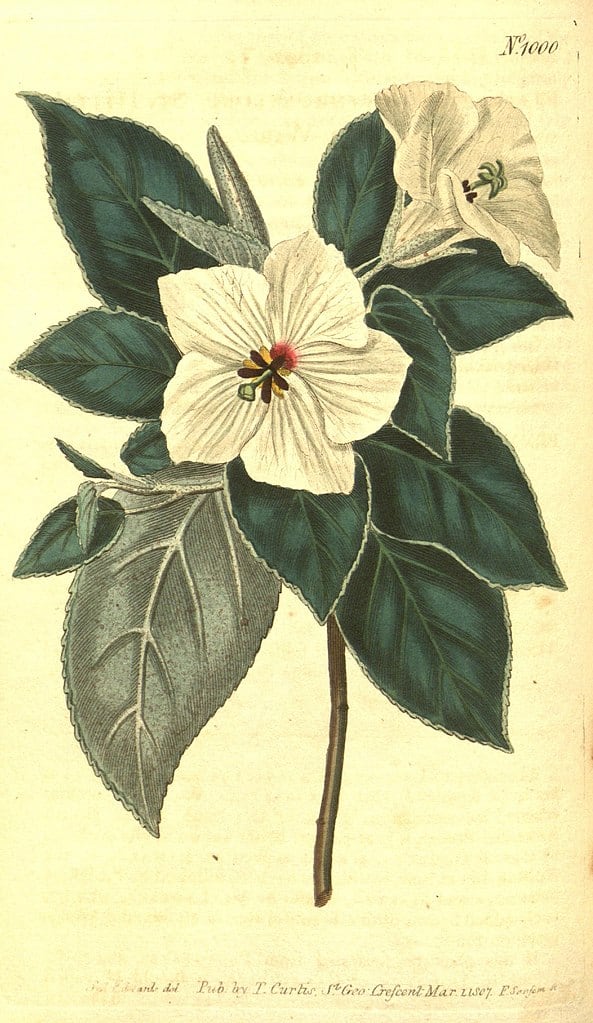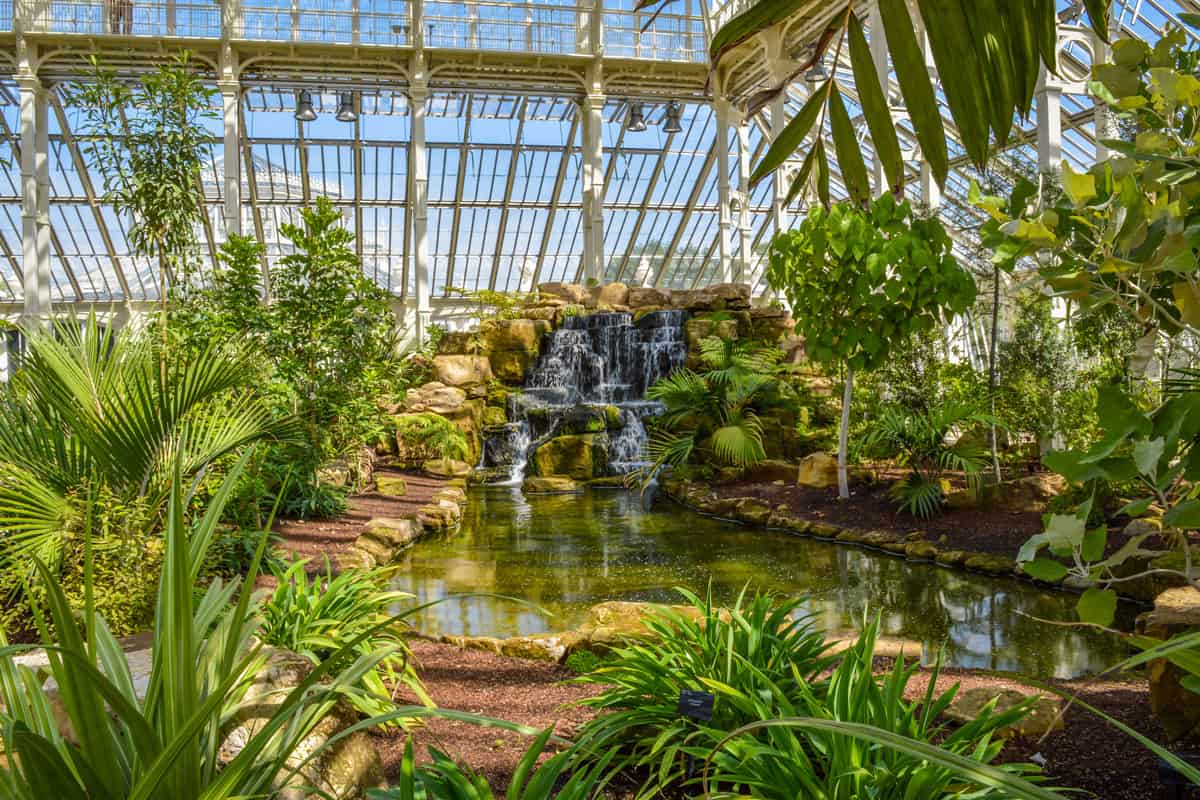Approximately 391,000 plant species exist in the world. These plants have millions of names, but each of us have only seen a fraction of them in our lifetime.
Unfortunately, several plant species are dying out. The International Union for Conservation of Nature (IUCN) keeps a Red List of endangered species.

As of today, as many as 10,202 plant species are endangered. Another 5,336 species are considered critically endangered. But, some of the rarest plants in the world are those that are extinct in the wild.
"Extinct in the wild" (EW) is exactly as it sounds. These plants can no longer be found growing naturally. So instead, they're kept and grown in facilities to help keep the species alive (ex situ conservation). Most EW plants are dependent on live propagation by select botanic gardens or seed banks.
EW plants are in a precarious situation, as they only have two potential outcomes—extinction or recovery. The IUCN aims to re-establish all species on the EW list into the wild by 2030; lofty yet incredible goal.
Currently, 44 plant species are extinct in the wild, according to the IUCN Red List.
To take a closer look at some plants, here are three of the most endangered plants that you think you've heard of before, but haven't. They're particularly special because they sound similar to species that are abundant today, despite having little to no relation.
St. Helena Redwood
All the St. Helena redwoods alive today are just clones of the last discovered specimen from the 1950s.
St. Helena redwood is a tree endemic to the British territory of Saint Helena. It was considered extinct until the 1950s when Norman Williams rediscovered it on the island.
Don't let the name deceive you! St. Helena redwood is not related to the Californian redwood tree or any other redwood for that matter.
The tree declined in the 17th century due to its prized wood and overlogging during the colonial era.
The tree is so elusive that you can only find so many photos of it online. You can see more of it from the Temperate House.

Nymphaea thermarum
Have you ever seen a water lily this tiny?
The Nymphaea thermamum (or Pygmy Rwandan Lily) is the smallest water lily in the world, with flowers that grow only up to 0.39 inches.
It's also pretty much the rarest water lily. You'll never find this out in the wild, but they are being conserved from total extinction in protected facilities.
This video features a 12-second time-lapse of a Nymphaea ethereum opening its petals.
Just like most plant species that are extinct in the wild, you can still find the Pygmy Rwandan Lily in the Kew Gardens, where they are conserved and cultivated.
For a lily this small, it certainly caused a stir in 2014 when it was stolen.
There is some good news for this lily, though! Interest in restoring the flower sparked earlier this year by local Rwandan researchers after its 10-year extinction.
Wood's Cycad
This tree is the last of its kind, making it an "endling."
Cycads are some of the oldest species in the world, dating back to the time when dinosaurs were still around. When Wood's Cycad was discovered, it was eventually transferred from its native South Africa to the UK.
Today, the last living Wood's Cycad lives in the Kew Gardens under the care of David Cooke:
Why Plants Go Extinct In The Wild

Plants go extinct in the wild because of habitat loss. Sometimes, botanists spot the signs of a dying habitat early on, giving them enough time to save endemic plant species.
Pollution, invasive species, and disease are all causes of habitat loss. Count human activities such as commercial projects into this, and you can see how quickly a species can go in such a short amount of time.
If not for habitat loss, other causes include unsustainable or even illegal harvest practices. Nowadays, there are stricter laws against this to prevent further loss of species, but some cases still make it through.
How "Extinct In The Wild" Plants Keep Thriving
Being extinct in the wild does not necessarily mean that a plant is extremely rare. Take the Franklin tree, for example, which is native to Georgia state.
You can purchase a Franklin tree sapling for your garden since they are grown in nurseries. However, since these plants are raised in specific conditions, you have to be careful in raising them.
While conservation efforts for these species help, there are still thousands of highly endangered plants all over the world. Institutions such as the Kew Gardens are dedicated to cultivating and saving these rare plants.
Plant extinctions are worrying because species are disappearing at alarming rates, which can harm ecosystems and even more species, especially in the animal kingdom.
